If you’re new to the bonsai hobby, you may be wondering what type of soil to use for your trees. There are many different types of soils on the market, but can succulent soil be used for bonsai? In this blog post, we will explore the answer to that question and provide some tips on how to use succulent soil for bonsai.
Can You Use Succulent Soil for Bonsai?
Yes, succulent soil can be used for bonsai trees. This type of soil is well-drained and contains a variety of minerals that are beneficial to plants. Succulent soil is also relatively lightweight, which makes it easy to work with when potting or repotting bonsai trees.
Succulent soil is a type of potting mix that is designed to drain quickly and retain moisture. It’s made up of ingredients like perlite, pumice, or bark, and often has added fertilizers to help nourish your plants.
In fact, succulent soil and bonsai soil are nearly identical. The only difference is that bonsai soil usually contains a higher percentage of organic matter, like compost or peat moss. This helps to hold moisture in the soil and keep roots healthy.
While succulent soil isn’t traditionally used for bonsai, it can be a good option if you’re starting out and don’t want to invest in a lot of different soils and components. You can also mix succulent soil with other types of soil to create a potting mix that is tailored to your bonsai tree’s needs.
Which Succulent Soil for Bonsai Tree?
It’s also important to remember that not all succulent soil is created equal. Some soils may be too nutrient-rich or compacted, so it’s important to choose a quality soil mix that will meet your bonsai tree’s needs.
I’ve found that Kellogg Palm & Cactus (Amazon link) is the most similar to bonsai mix. It contains loads of pumice, lava, aggregate, and organic material. I’ve found that other succulent mixes, like Miracle-Gro Cactus Palm Citrus, are more like regular potting mixes.
What About Large Bonsai Trees?
While succulent soil is a good option for small bonsai trees, it may not be the best choice for large bonsai trees. This is because succulent soil is lightweight and may not provide enough support for a large tree.
If you’re potting a large bonsai tree, it’s best to mix succulent soil with other types of soil to create a potting mix that will support your tree.
The Benefits of Using Succulent Soil for Bonsai Trees
There are several benefits to using succulent soil for bonsai trees, including:
1. Drainage
Succulent soil is a porous mix that drains quickly. This is beneficial for bonsai trees because it prevents the roots from sitting in water, which stops root rot and other problems.
2. Aeration
The ingredients in succulent soil, like perlite and pumice, help to aerate the soil and promote healthy root growth.
Aeration is important for bonsai trees because it allows oxygen to reach the roots, which is essential for plant health. The last thing you want is compacted, waterlogged soil that doesn’t allow oxygen to reach the roots.
3. Nutrients
Succulent soil includes a range of minerals and nutrients that are beneficial for bonsai trees These nutrients help to promote healthy growth and can even help to correct nutrient deficiencies in your bonsai tree.
However, succulent soil tends to be slightly more nutrient-rich than is needed, so be careful not to over-fertilize your bonsai tree.
What Does Bonsai Soil Need?
Bonsai soil needs to provide several key functions for your trees. It needs to drain well, retain moisture, and aerate the roots. It should also be able to hold nutrients and not compact over time.
Many bonsai enthusiasts use a mix of components to achieve these goals, but succulent soil can be a great option if you’re looking for something simpler.
How to Use Succulent Soil for Bonsai?
If you decide to use succulent soil for your bonsai trees, there are a few things to keep in mind.
First, you’ll need to water your trees more often since the soil will drain quickly. Keep an eye on how moist the soil is and water when it starts to dry out.
Second, you may need to add extra fertilizer to your trees since the nutrients in succulent soil can be depleted quickly. A slow-release fertilizer that can be applied every month or two is a good option.
Only use succulent soil that is fresh and free of pests and diseases. Avoid using soil from your garden or yard, as it may contain harmful chemicals or pests that could harm your trees.
Finally, you’ll want to repot your trees every year or two to refresh the soil and add new nutrients. This will also unpack the roots and encourage new growth.
Conclusion
In conclusion, succulent soil can be used for bonsai, but there are a few things to keep in mind. Water your trees more often and fertilize them regularly to ensure they are getting the nutrients they need. Repotting every year or two will also help to keep your trees healthy and encourage new growth.
Do you have any questions or tips on using succulent soil for bonsai? Let us know in the comments below!
Tim is an avid gardener from the UK. He was the founder of PlantCarer.com from 2021 to Sep 2023. He sold PlantCarer.com to Aaron. He has since started his own business called Seed To Supper, which provides new gardeners all the materials you need in a box (pots, seeds, compost and instructions) to grow your own delicious and nutritious vegetables and herbs from start to finish – no garden required.



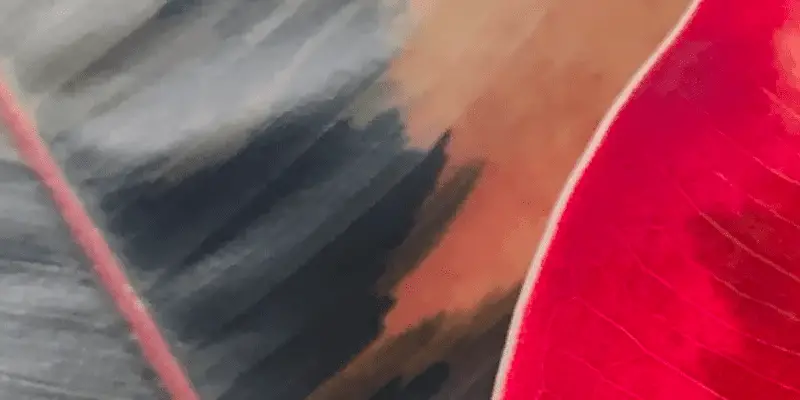
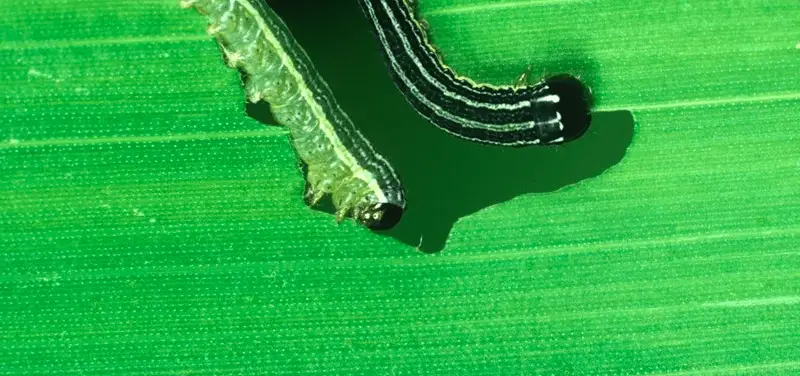
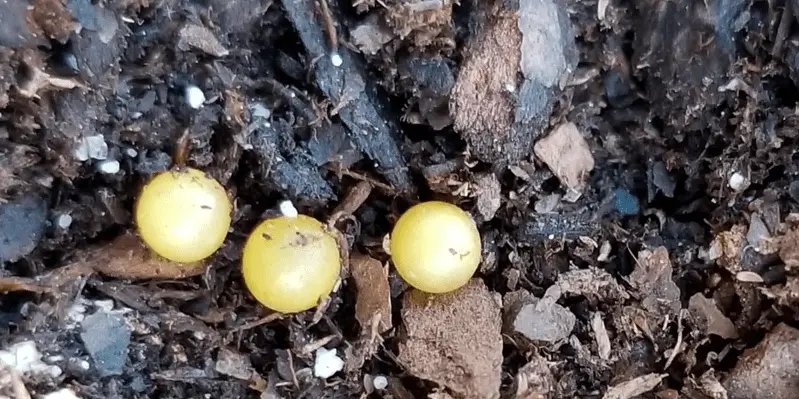
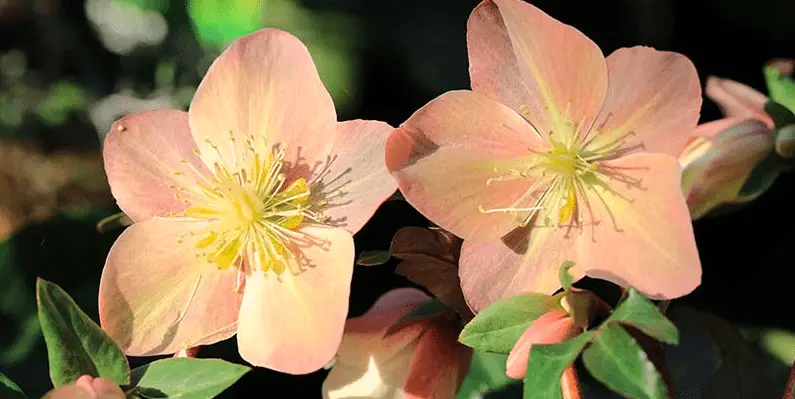
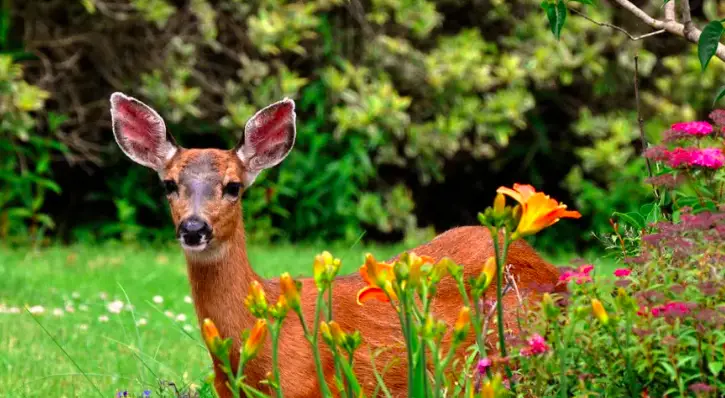

0 Comments